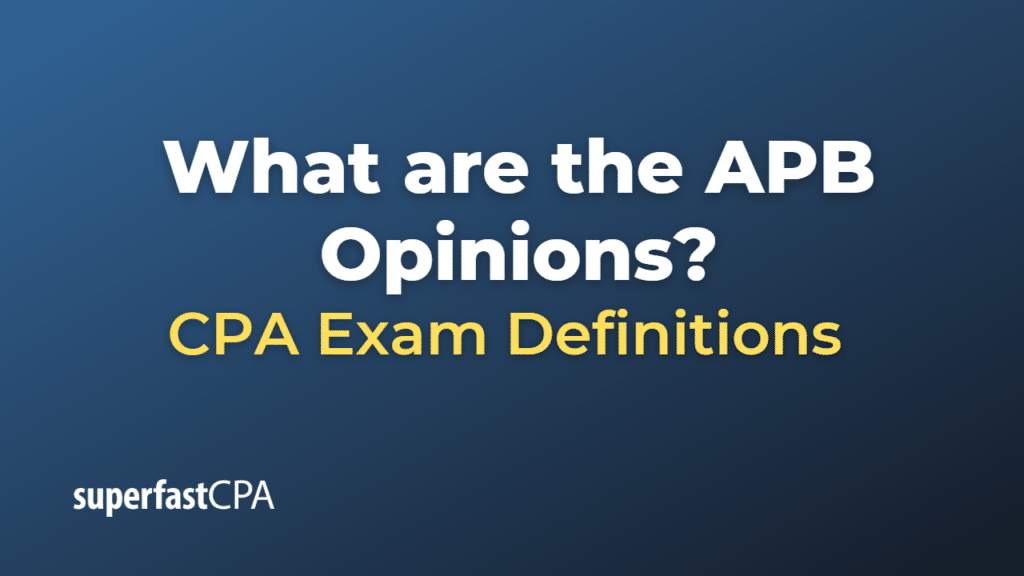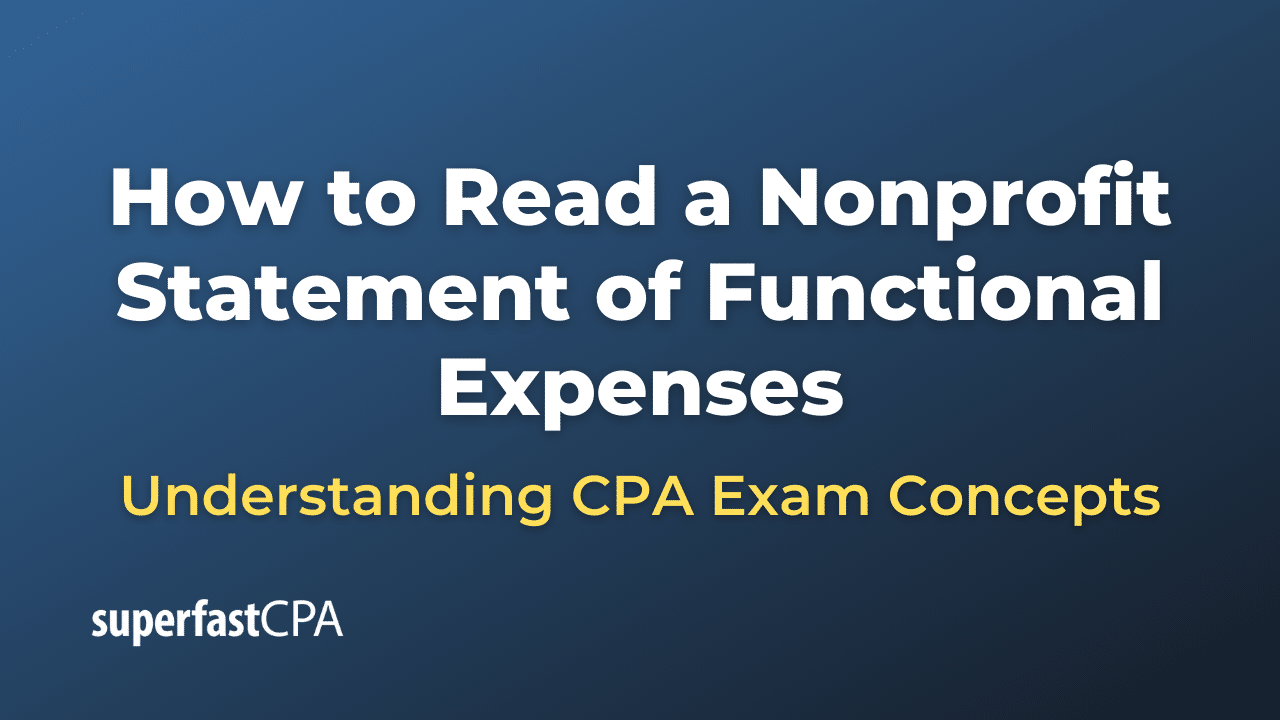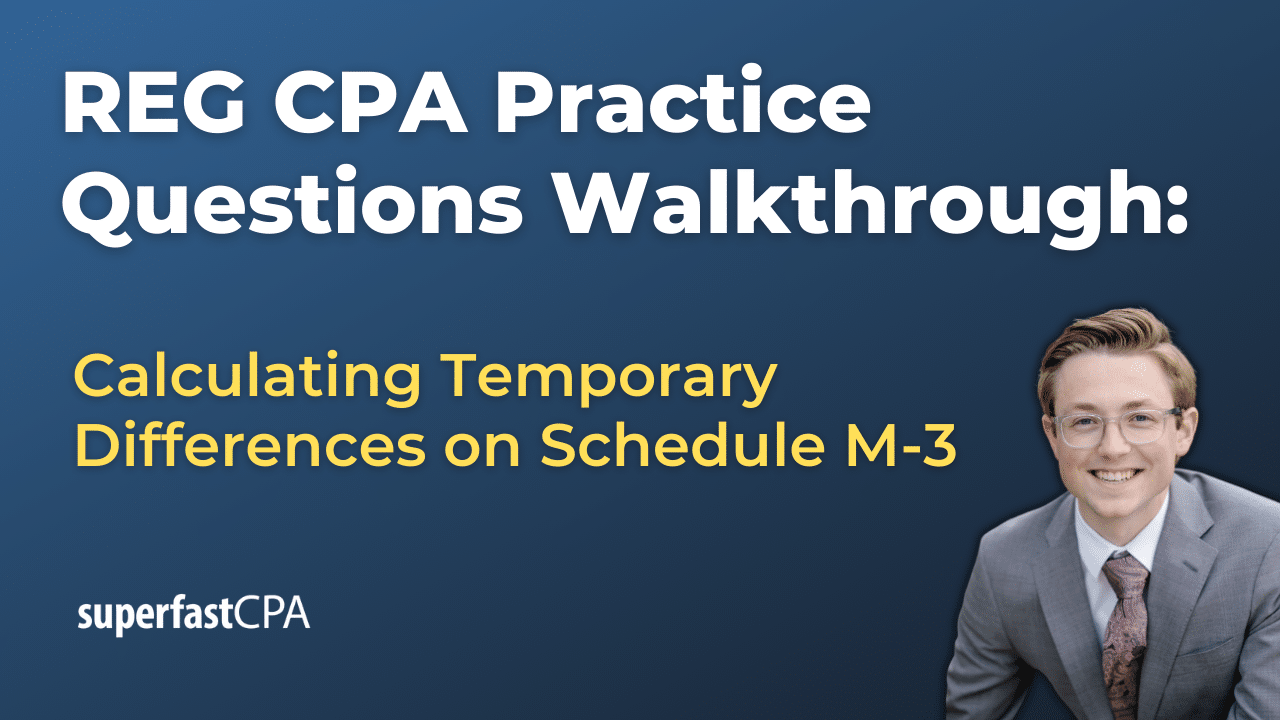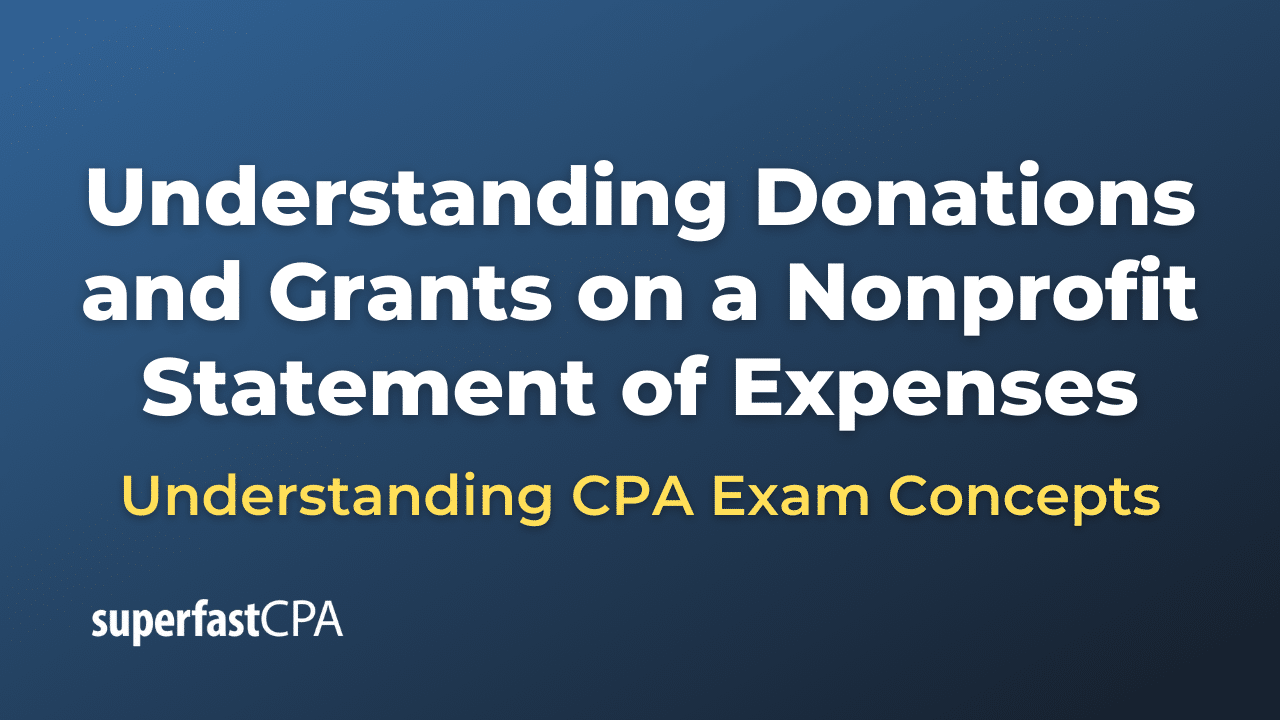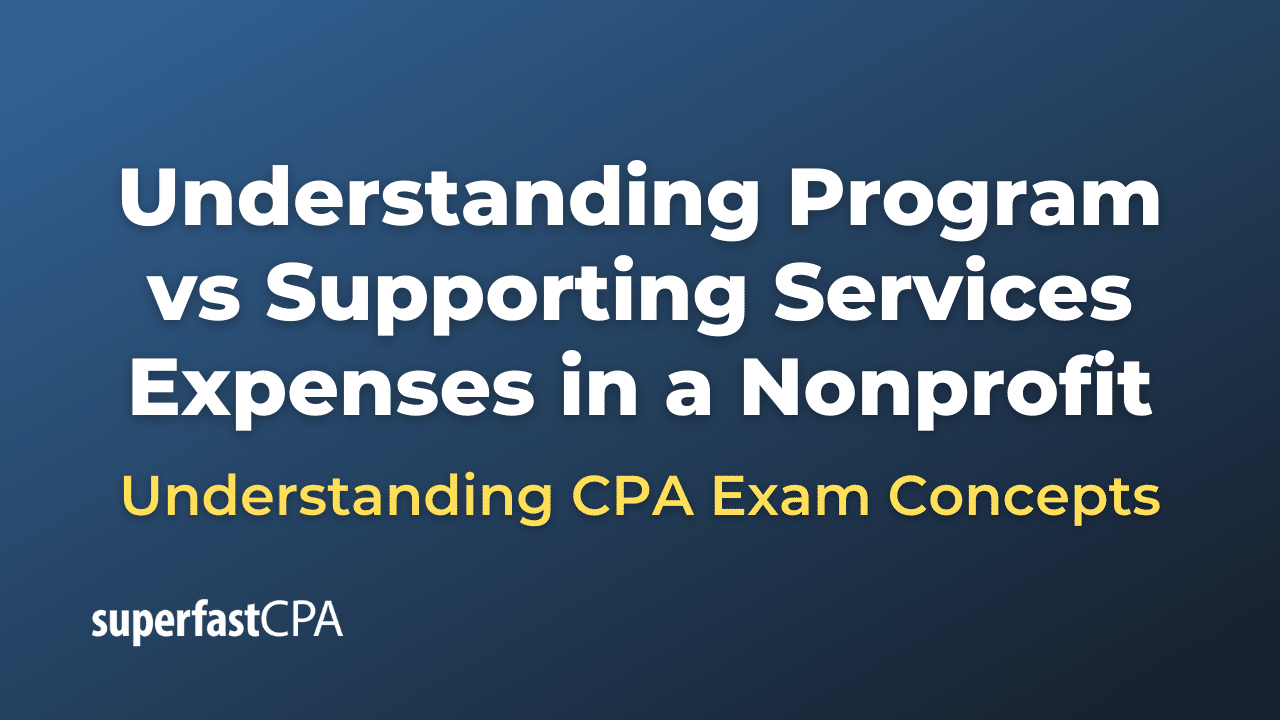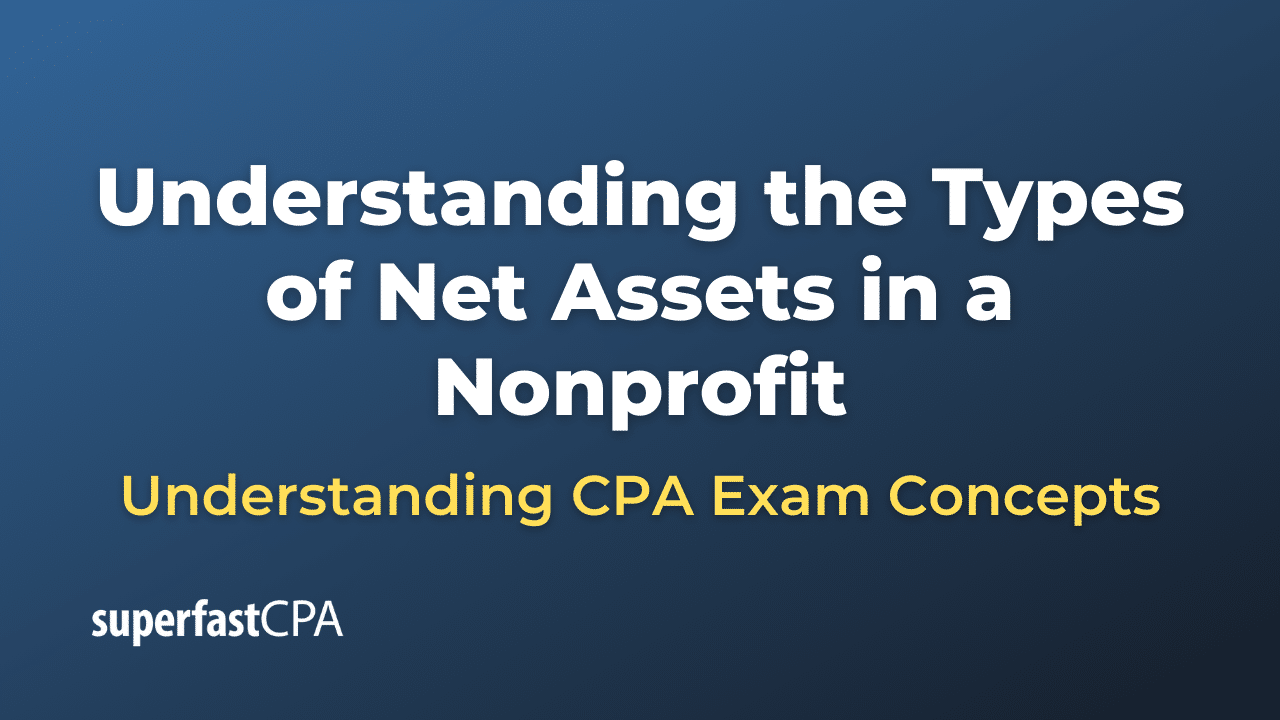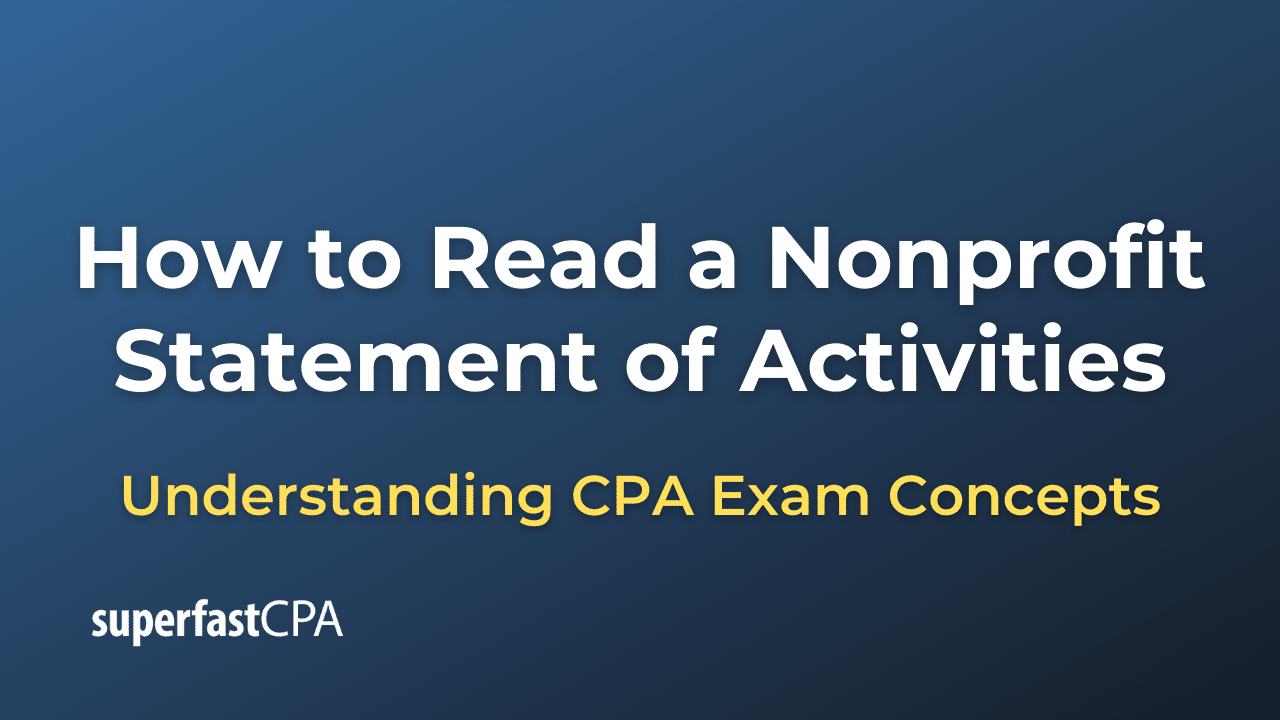APB Opinions
APB Opinions, or Accounting Principles Board Opinions, were a series of authoritative statements issued by the Accounting Principles Board (APB) between 1959 and 1973. The APB was the predecessor to the Financial Accounting Standards Board (FASB) and was responsible for setting accounting standards in the United States during its existence.
APB Opinions were designed to clarify and provide guidance on various accounting issues and practices, including financial statement presentation, revenue recognition, inventory valuation, and accounting for pensions, among other topics. These opinions were considered generally accepted accounting principles (GAAP) and were required to be followed by companies in preparing their financial statements.
The APB was disbanded in 1973, and its responsibilities were taken over by the FASB, which was established as an independent body to set accounting standards. The FASB has since issued a series of accounting standards known as FASB Statements (now called Accounting Standards Codification or ASC), which have superseded many of the APB Opinions. While most of the APB Opinions have been replaced by new standards, some of their guidance still remains part of U.S. GAAP.
Example of the APB Opinions
Here’s an example of an APB Opinion:
APB Opinion No. 16 – Business Combinations
This opinion, issued in 1970, provided guidance on the accounting treatment for business combinations, such as mergers and acquisitions. It introduced two methods for accounting for business combinations: the pooling of interests method and the purchase method.
- Pooling of interests method: This method was used when certain criteria were met, indicating that the combination was essentially a merger of equals. Under this method, the financial statements of the combining companies were combined retrospectively, as if they had always been a single entity. No goodwill or other intangible assets were recognized in the process.
- Purchase method: This method was used when one company gained control over another by acquiring a majority of its outstanding shares. Under this method, the acquiring company recorded the assets and liabilities of the acquired company at their fair market value, and any excess of the purchase price over the fair value of the net assets acquired was recognized as goodwill.
Example: Company A acquires Company B for $10 million. The fair value of Company B’s net assets (assets minus liabilities) is $8 million. Under the purchase method, Company A would record the net assets of Company B at their fair value of $8 million, and the remaining $2 million would be recognized as goodwill.
APB Opinion No. 16 was eventually superseded by FASB Statement No. 141 (now ASC 805) in 2001, which eliminated the pooling of interests method and introduced new guidance for accounting for business combinations using the acquisition method.

